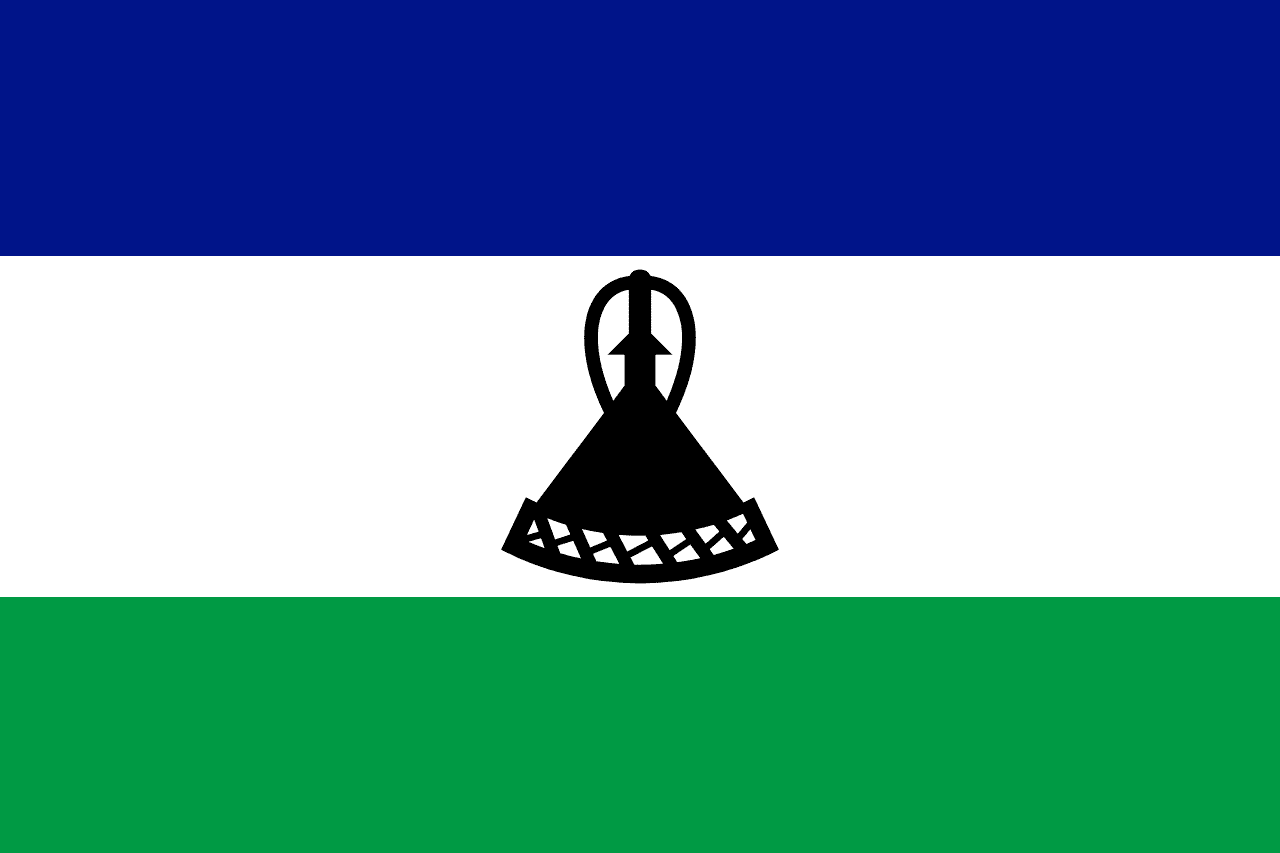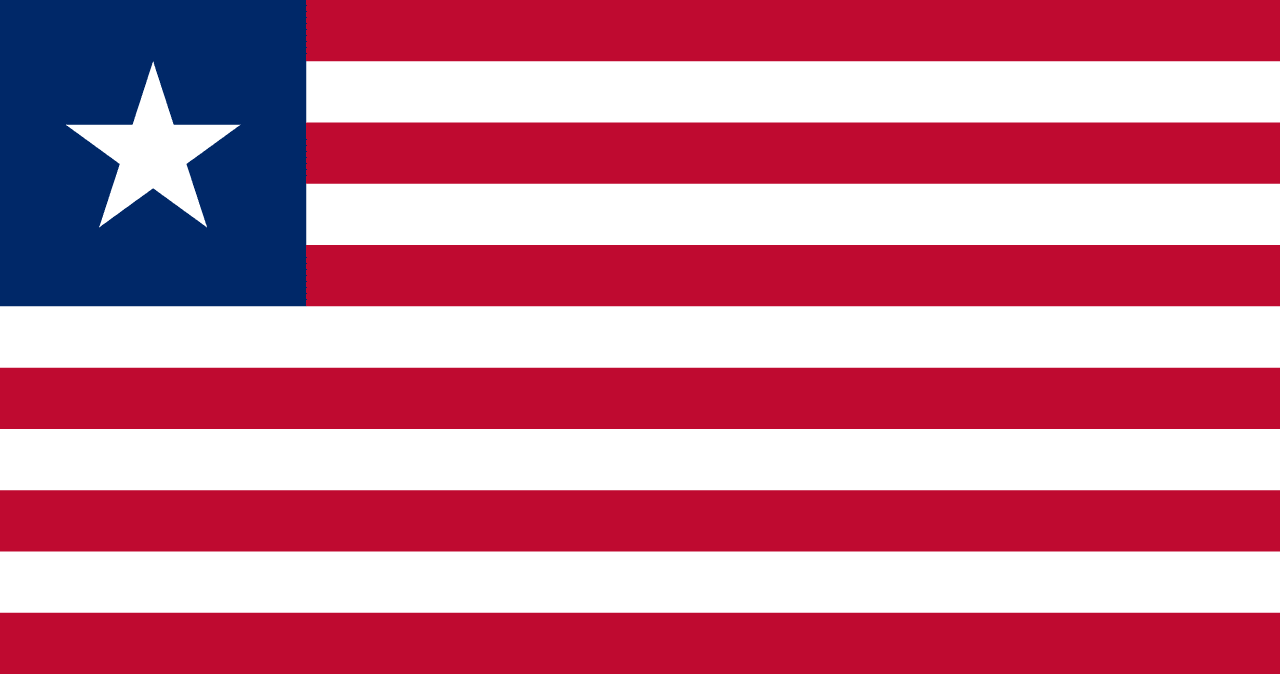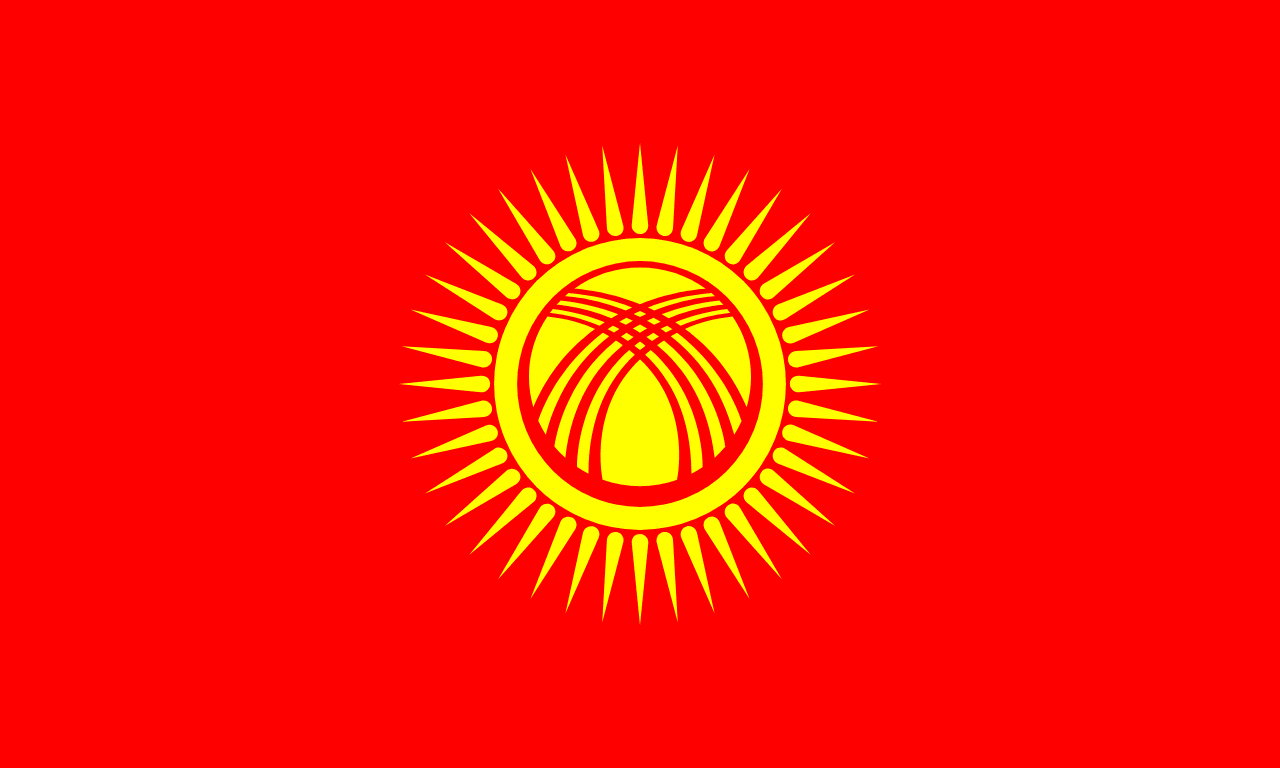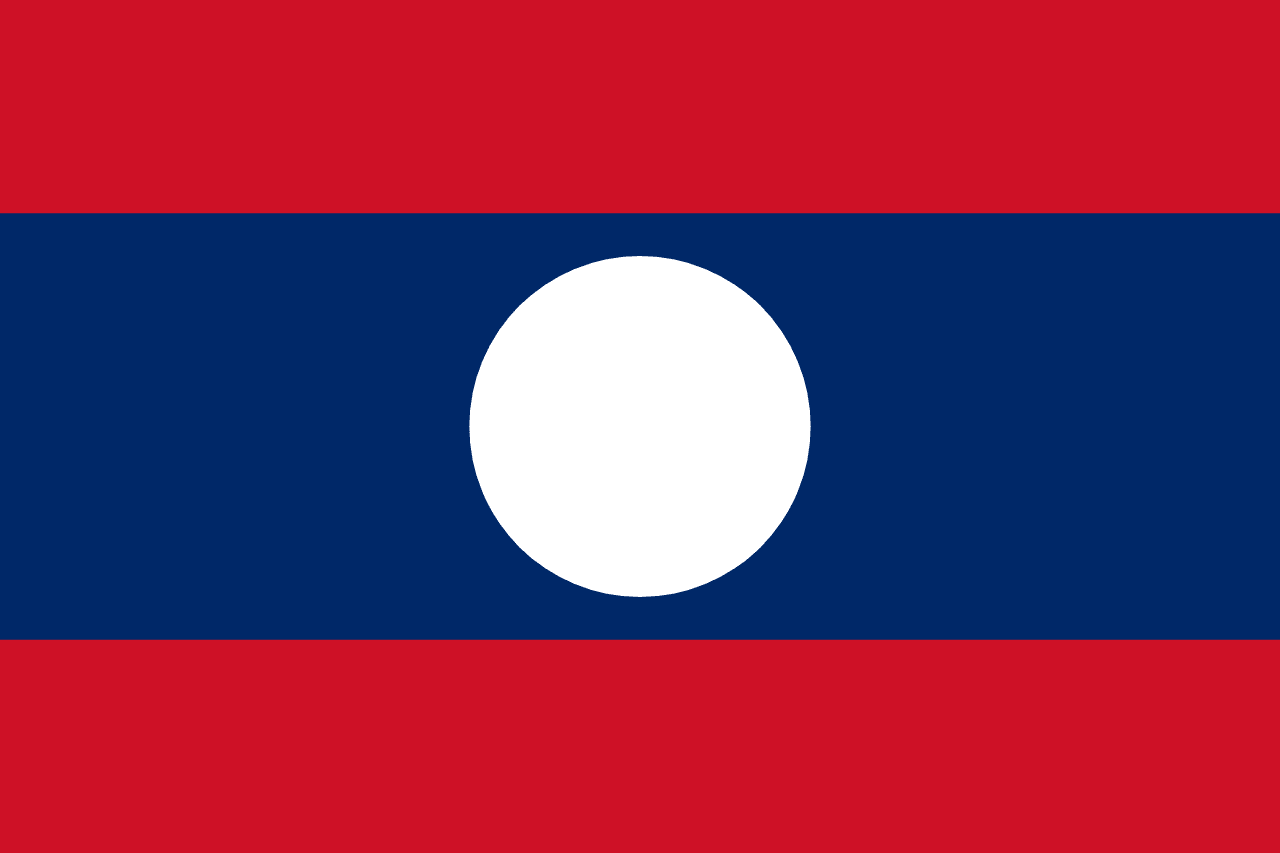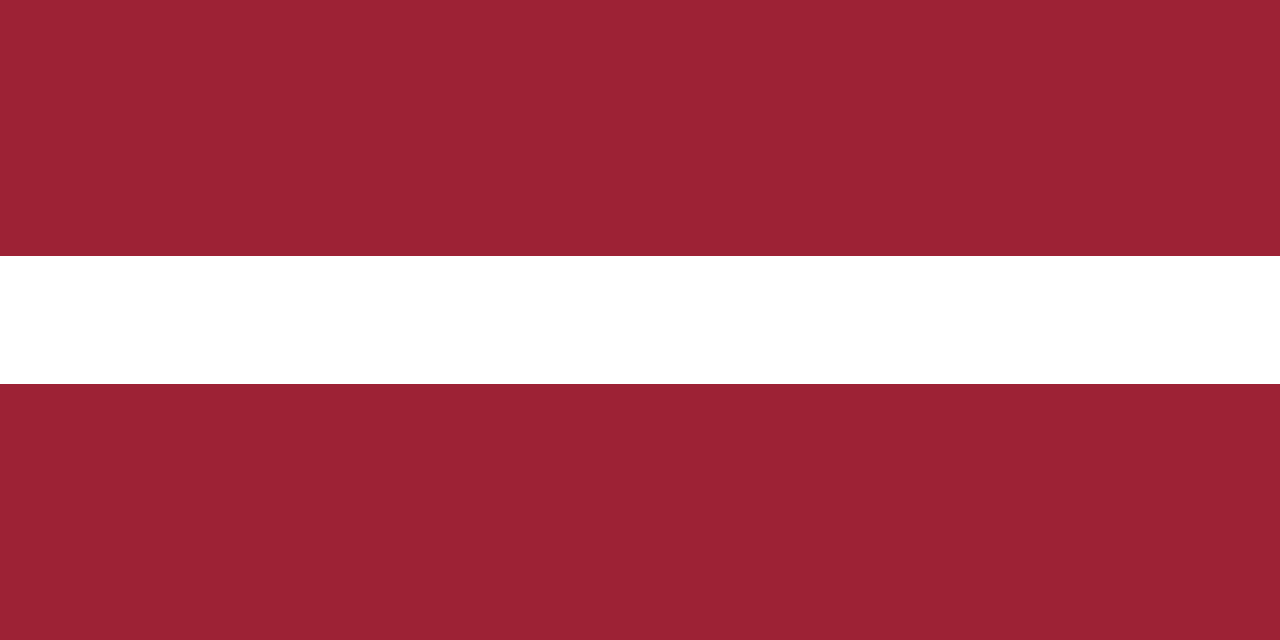The flag of Lebanon features three horizontal stripes: red at the top and bottom, with a white stripe in the center that is twice the width of the red stripes. At the heart of the white stripe stands a green cedar tree, a powerful and ancient symbol of Lebanon.
Lebanon information
| National Flag Day | — |
| Sovereign state | Yes |
| Official name | Lebanon |
| Capital | Beirut |
| Population | 6,856,391 |
| Area | 10,400 km² |
| Currency | Lebanese pound (LBP) |
| Language | Arabic, French, English |
| Continent | Asia |
| Region | Middle East |
| Subregion | Western Asia |
| Borders | Syria, Israel |
| Timezone | Eastern European Time (EET) UTC+2 |
| Calling code | +961 |
| Top-level domain | .lb |
History of the Lebanese Flag
 The current Lebanese flag was officially adopted on December 7, 1943, shortly after the country gained independence from French mandate rule. Its design was inspired by the French tricolor flag, reflecting Lebanon's historical ties with France, but with distinct symbolism rooted in Lebanese history and culture. The flag played a crucial role in uniting the Lebanese people during their struggle for independence and has since remained a potent symbol of national identity and sovereignty.
The current Lebanese flag was officially adopted on December 7, 1943, shortly after the country gained independence from French mandate rule. Its design was inspired by the French tricolor flag, reflecting Lebanon's historical ties with France, but with distinct symbolism rooted in Lebanese history and culture. The flag played a crucial role in uniting the Lebanese people during their struggle for independence and has since remained a potent symbol of national identity and sovereignty.
Symbolism and Design of the Lebanese Flag
Each element of the Lebanese flag carries deep symbolic meaning. The red stripes at the top and bottom represent the blood shed for liberation and the sacrifices made by the Lebanese people throughout history. The white stripe in the center symbolizes peace, purity, and the snow that caps Lebanon's mountains. The green cedar tree, centered on the white stripe, is perhaps the most iconic element of the flag. It represents resilience, holiness, eternity, and steadiness. The cedar has been a symbol of Lebanon for millennia, mentioned in ancient texts including the Epic of Gilgamesh and the Bible. Its presence on the flag connects modern Lebanon to its rich historical and cultural heritage.
Usage and Significance of the Lebanese Flag
 The flag of Lebanon is a source of national pride and is prominently displayed throughout the country. It flies on government buildings, schools, and during national celebrations such as Independence Day (November 22). The flag plays a crucial role in fostering unity among Lebanon's diverse religious and ethnic communities. In times of crisis or national celebration, the flag often becomes a rallying point, with Lebanese citizens using it to express solidarity and national identity. Internationally, the flag represents Lebanon in diplomatic settings, sports events, and cultural exchanges, serving as a visual ambassador for the country's unique heritage and aspirations.
The flag of Lebanon is a source of national pride and is prominently displayed throughout the country. It flies on government buildings, schools, and during national celebrations such as Independence Day (November 22). The flag plays a crucial role in fostering unity among Lebanon's diverse religious and ethnic communities. In times of crisis or national celebration, the flag often becomes a rallying point, with Lebanese citizens using it to express solidarity and national identity. Internationally, the flag represents Lebanon in diplomatic settings, sports events, and cultural exchanges, serving as a visual ambassador for the country's unique heritage and aspirations.
Interesting Facts About the Lebanese Flag
- The cedar tree on the Lebanese flag is stylized to be recognizable from both sides, maintaining its symmetry when the flag is reversed.
- Lebanon's flag is one of the few national flags to feature a tree as its central element, highlighting the importance of the cedar in Lebanese culture and history.
- The specific design of the cedar tree on the flag has been slightly modified over the years, with the current version adopted in 1995 to ensure better visibility and reproducibility.
- During the Lebanese Civil War (1975-1990), the flag remained a unifying symbol, with various factions continuing to use it despite their differences.
- The Lebanon Cedar is protected by law, and efforts are ongoing to preserve and expand Lebanon's cedar forests, which have been designated as UNESCO World Heritage sites.
